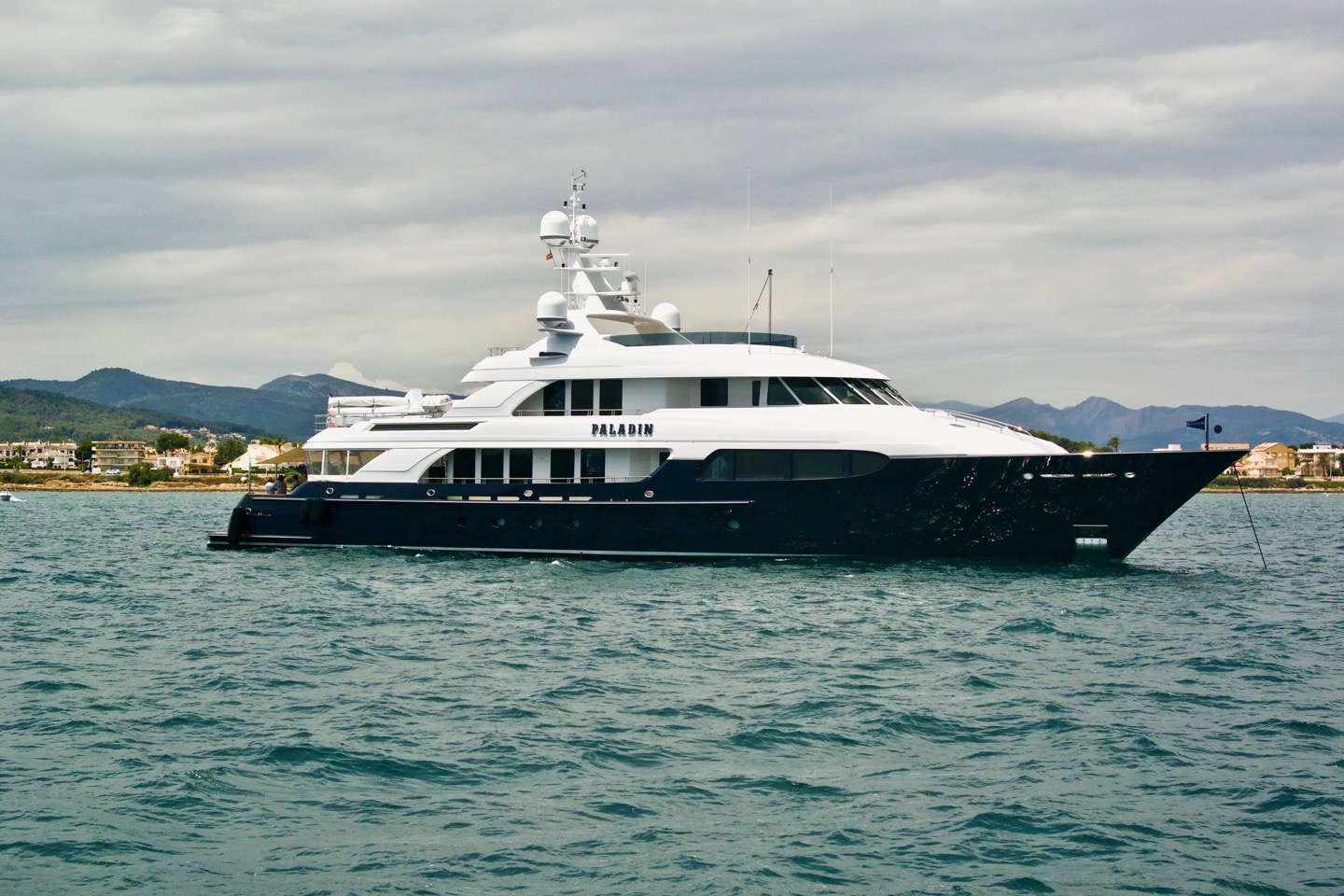Denia and losing our anchor
Anchor,
Denia,
Sailing
Isla del Portichol wasn't our lucky spot. In the night, intermittent swell woke us up repeatedly. It probably was from shipping traffic passing through the nearby TSS, rather than from weather, but either way we didn't find much sleep. In the morning we tried a different spot on the other side of the island, but it wasn't any better either. So we decided to move on to Denia, about 12 miles north under engine, as there was no wind in the morning.

We were pretty knackered from the wakeful night and not too delighted to get no response on the VHF radio from either marina in Denia. Eventually we spotted a marinero wandering around and he waved us in to dock alongside a visitor quay. I went to the office to sign up and unfortunately they weren't too happy with his berth assignment, so we had to move to another one. This berth wasn't quite wide enough, with boats on both sides med-moored, but the marinero just kept gesturing us to motor harder until we had jammed Songbird in and widened the gap enough to fit in, rolling fenders along hulls on both sides. This seemed to be the standard way of doing things in Denia, as we soon found out when the boat to our portside left (needing a lot of help to unjam themselves) and a new neighbour got jammed in their place, again with lots of "Motor! More motor!" from the marinero.
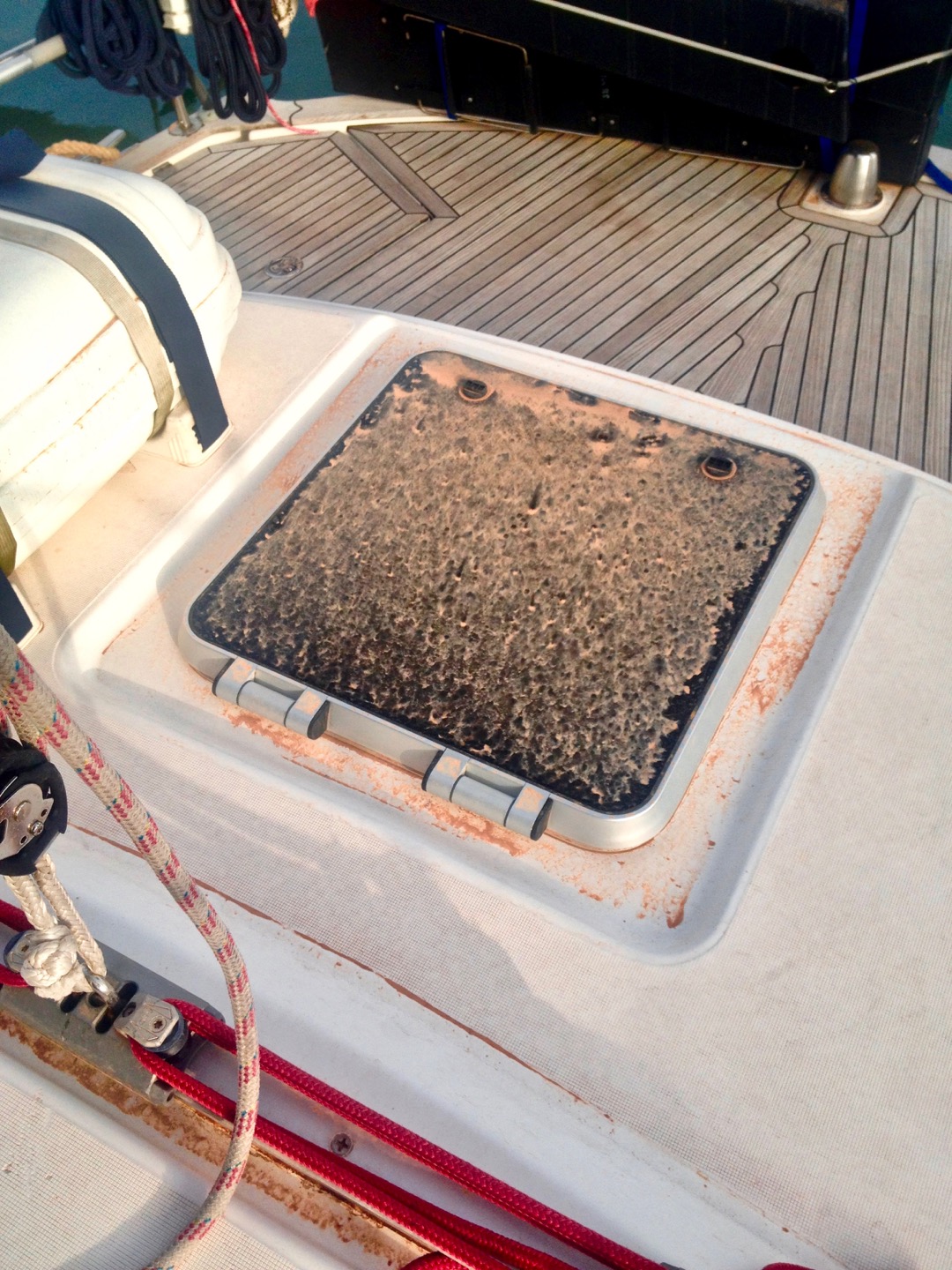
We explored the town a bit, refueled and provisioned and regularly washed off large quantities of blood rain — red Sahara dust that fell with rain showers, which got the boat dirtier rather than cleaner. After a few days we spotted a weather window for our intended passage to the Islas Baleares. The plan was to anchor for the night at Isla Portichol and then head off for Ibiza early the next morning.
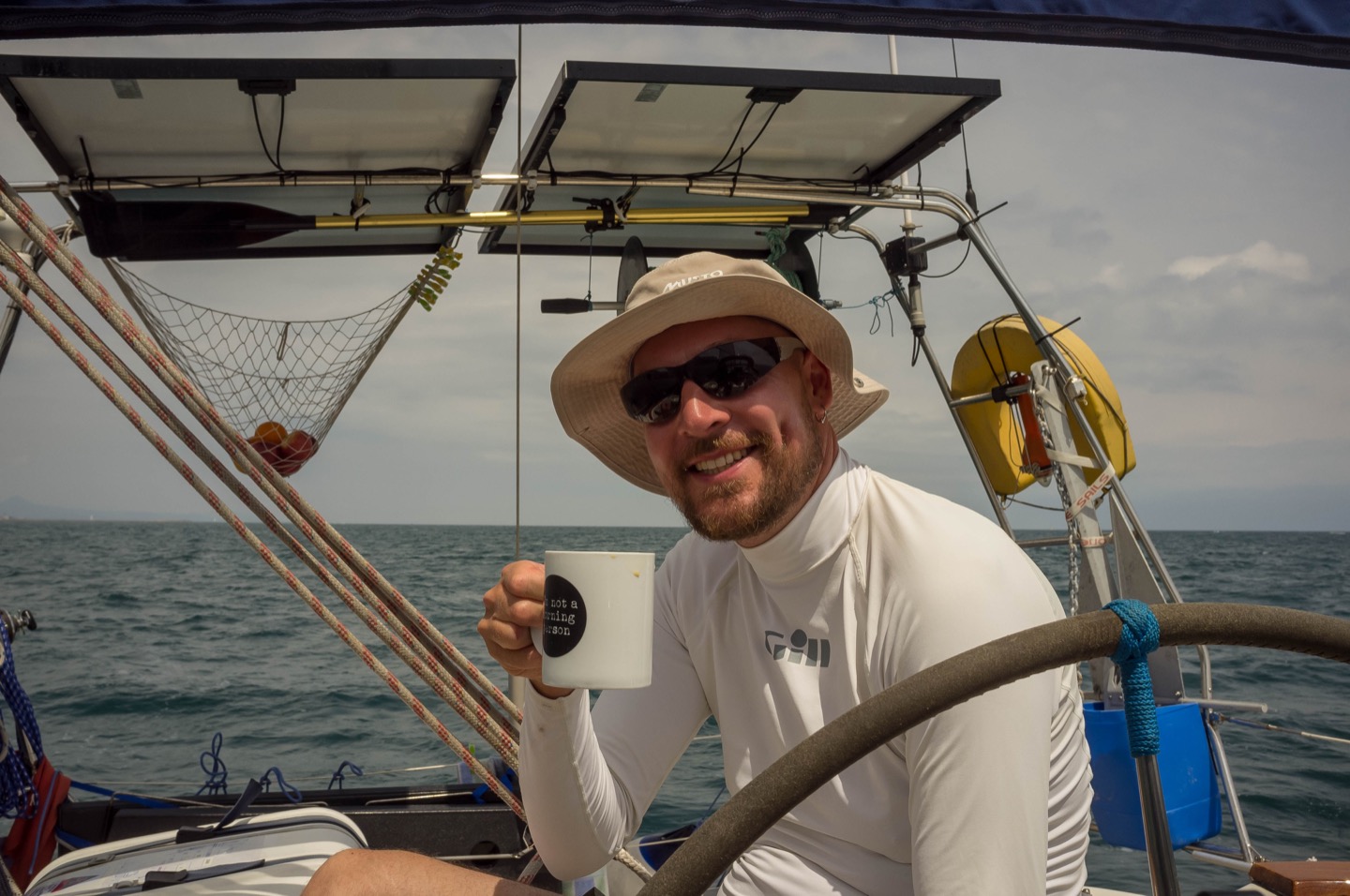
We left Denia and slowly sailed back south to Ensenada Portichol, dropping the anchor off a small buoyed off beach. Swam a bit and relaxed. Then the swell was changing direction, so we wanted to re-anchor on the other side of the Isla. Alas, the anchor seemed stuck. We tried to break it out as hard as we dared, but that didn't work at all. Put the snubber on and let some chain out, then motored forward over the anchor, thinking it was perhaps jammed under a rock. That didn't help either. The depth was just shy of 10m, which was at the limit of my freediving capabilities, so I decided to dive down and have a look to see what's going on. I soon found the anchor wasn't stuck at all, it was idly laying there on its side, having never set at all. Instead, the chain a few meters from the anchor was somehow not just caught under an overhanging rock, but also knotted around it in a half hitch!
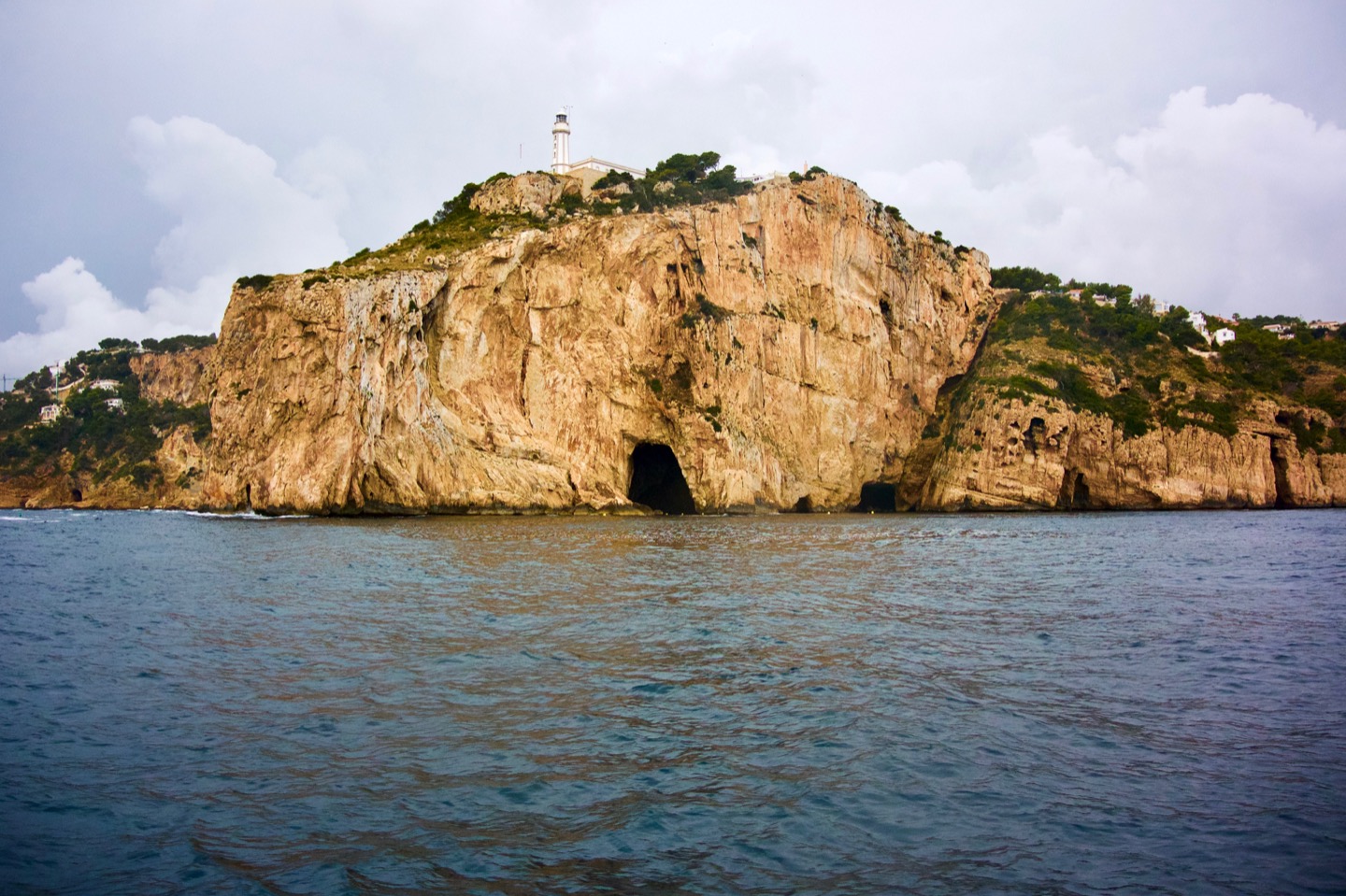
One problem was that after our failed attempts of breaking it out, the chain was jammed in tight under a massive rock, far too large to move. The other was that at 10m depth, by the time I got down there I only had a few seconds to work before needing to surface to breathe again. Most of those seconds were spent on positioning myself to pull on the chain, feet braced against the rock, then straining hard on the chain quickly burnt through the remaining oxygen in my body and I had to surface again. I tried many times, taking unadvisable shortcuts with pressure equalizing until I got a nosebleed and realized the sun was going down soon.
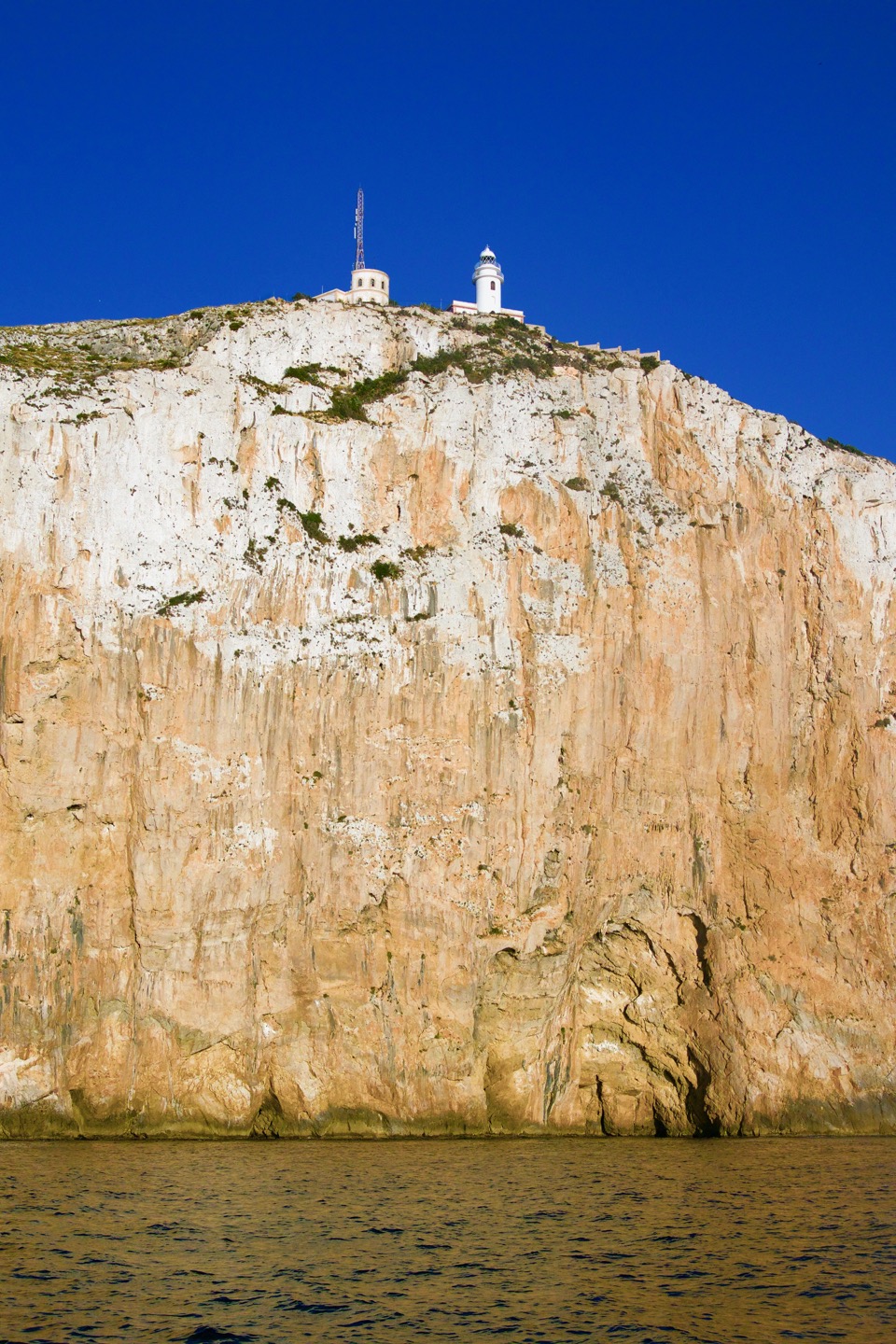
Dejectedly, I swam back to the boat and a look at Elvyra's worried face told me it was time to give up. There's one rope on every cruising sailboat that the owner hopes they never have to use. It's a very short piece of rope that lashes the bitter end of the anchor chain to the boat, so it stops before you run all the chain through the windlass clutch and lose it. It has to be rope, so it can be cut in an emergency. With a heavy heart I untied that rope, painted an anchor symbol on a fender and wrote Songbird next to it, tied it to the end of our precious chain and tossed them both in the water, recording the exact position. Thus freed from the €1500 worth of equipment that had provided many safe nights at anchor, but now trapped us, we gloomily motored the two hours back to Denia, thinking what to do next.
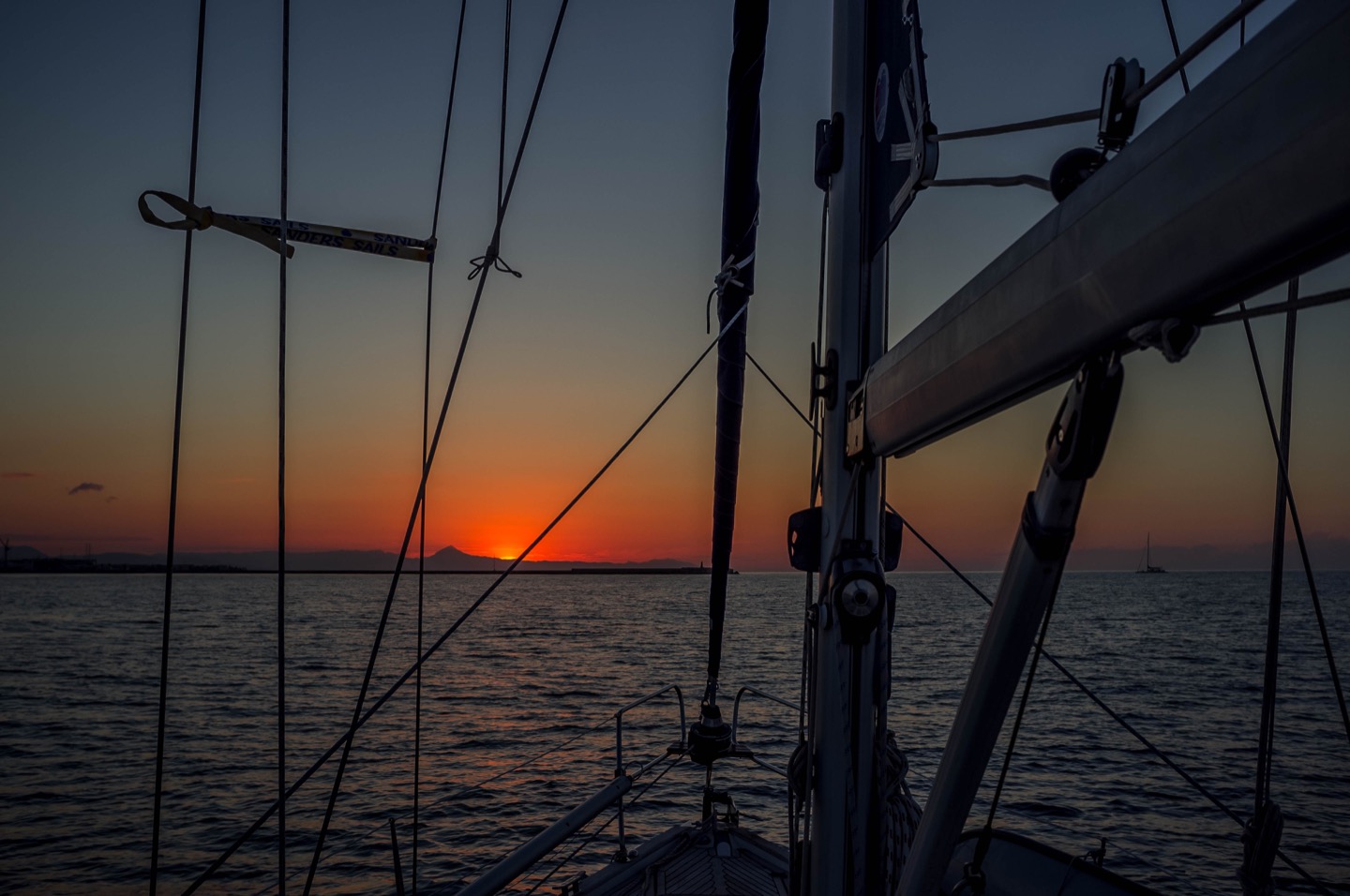
At Denia we jammed ourselves into the same berth we had rolled our fenders out of earlier that day, telling the surprised neighbours of our misfortune. After a late lunch, we fell into bed exhausted. The next morning I went to the marina office to ask for a diver, and they promised to put me in touch with one. Indeed, an hour later a burly Spaniard came walking down the pontoon, with a colleague of his to translate, as he spoke no English and we barely any Spanish. I drew a picture of the situation, showed him the location on my phone, which he recognized as Isla Portichol and we agreed to take his RIB there, which was much faster than our sailboat, and I'd be paying by the hour. The ride there was a bouncy one, going directly into the waves at 15 to 20 knots speed. Rather than sit and have my skull jammed down my ribcage with every slam, I chose to stand, absorbing the impacts with slightly bent knees while holding on with one hand and the other keeping the diver's compressed air bottle from bouncing overboard.
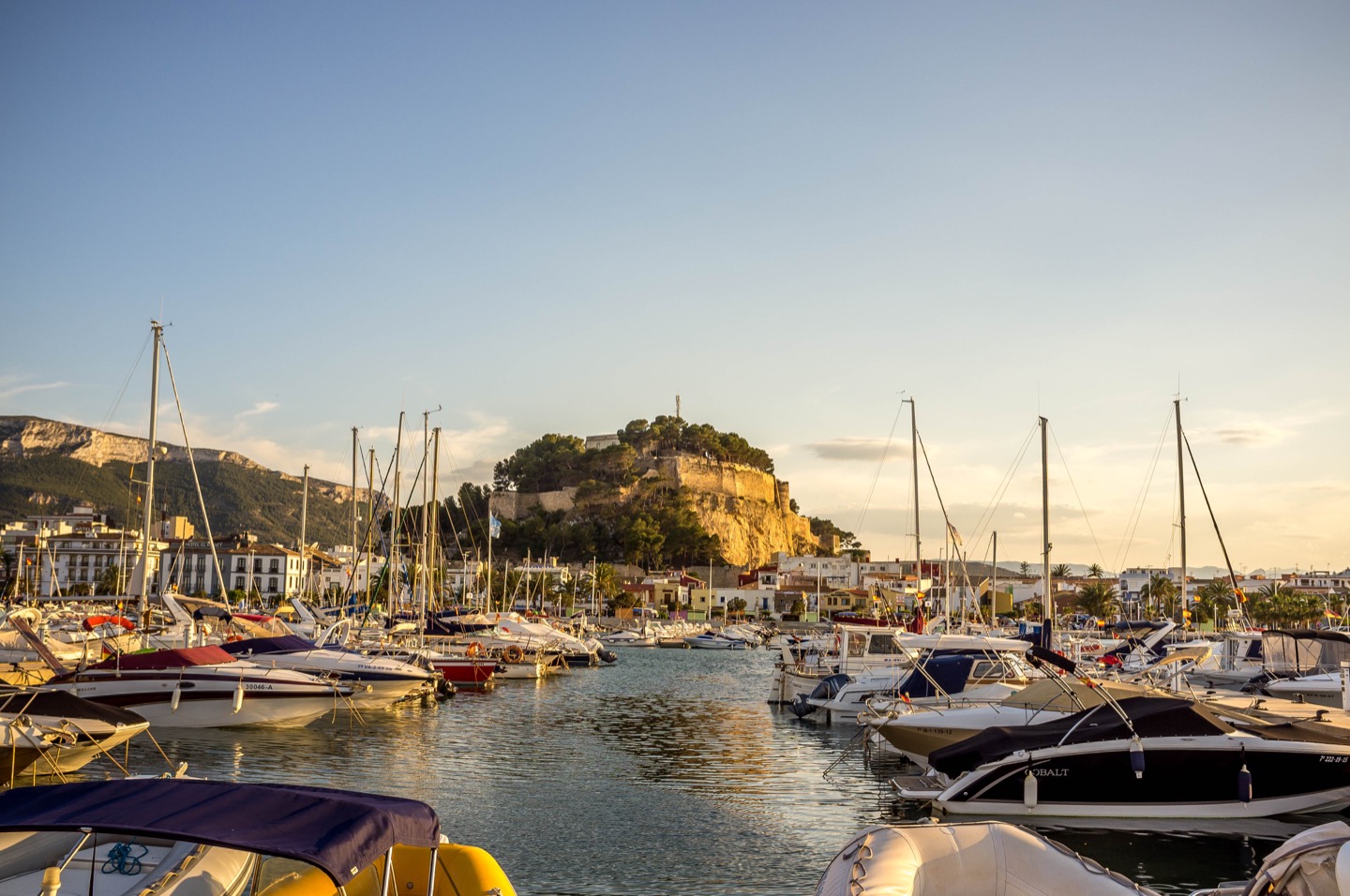
Luckily we got there quickly, nobody had stolen our fender (I was a bit worried about that) and I pointed at it and said "defensa", one of the few words I had written down on my piece of paper beforehand. We tied the RIB to our fender, I showed him the drawing again and in he went. After a few minutes he came back up and told me a whole bunch of stuff, which I gathered meant either "it's stuck pretty damn good" or maybe he was trying to sell me a mobile phone contract. "Si!" I said and nodded enthusiastically and he went under again, me watching the bubbles move around, presumably following our chain. Our burly diver came up and gave me the end of the chain and gestured for me to pull. He asked how much chain there was, and upon finding out it was 70m, he rolled his eyes. He went down again whilst I pulled on the chain. Of course with there being more rocks, the chain kept getting stuck and had to be freed. Without words we soon worked out a system where he gave the chain a few tugs, telling me to pull up more whenever he had freed a bunch. Eventually we came to the bit where the chain was knotted around the big rock overhang, and pulled tight by our vain attempts at breaking it free. There were no tugs on the chain for a good while, but furious bubbles told me that someone was working hard down there. Eventually the diver, whose name I never found out, surfaced, spat out his regulator, and breathing hard he signaled for me to pull in the rest. That was a bit of a struggle when to my delight the chain suddenly got very much heavier but kept moving, and after some huffing and puffing on my end the anchor came up and was hauled into the RIB.
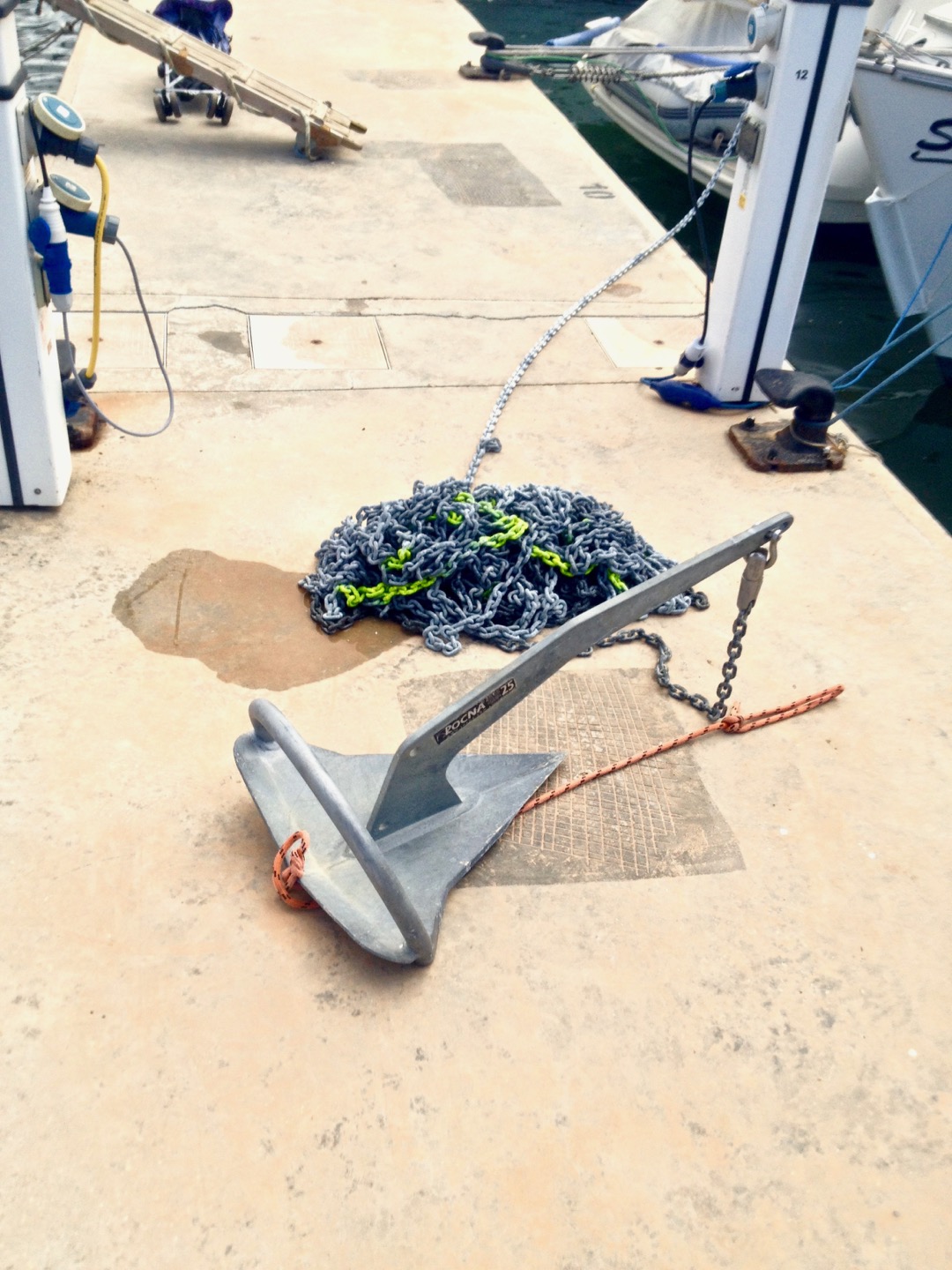
It must have been a real struggle for him to get the chain out from under the rock, and I had just hauled up 70m of chain plus a 25kg Rocna, which made me gain a whole new appreciation of our windlass, which normally does this hard work. We were both pretty knackered, happy and felt like we had bonded somewhat over the shared adventure and success. Further bonding ensued when he spotted a sunfish and stopped the boat and I said "Mola mola", which delighted him. The ride back was luckily not quite as bouncy and thankfully the neighbours had left earlier and there was now an empty berth next to Songbird, so we could haul our precious ground tackle right onto the quay one more time. In the end, he only charged us for the time, not the fuel or the use of the RIB, and whilst his rate wasn't cheap, we got everything back for €300 plus the extra nights in the marina - a lot less than buying new kit, plus it wasn't easy to find high tensile chain in most chandleries.
